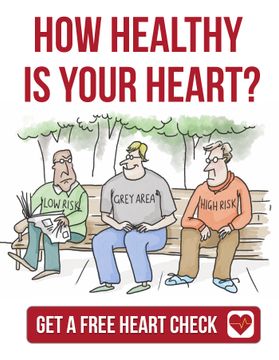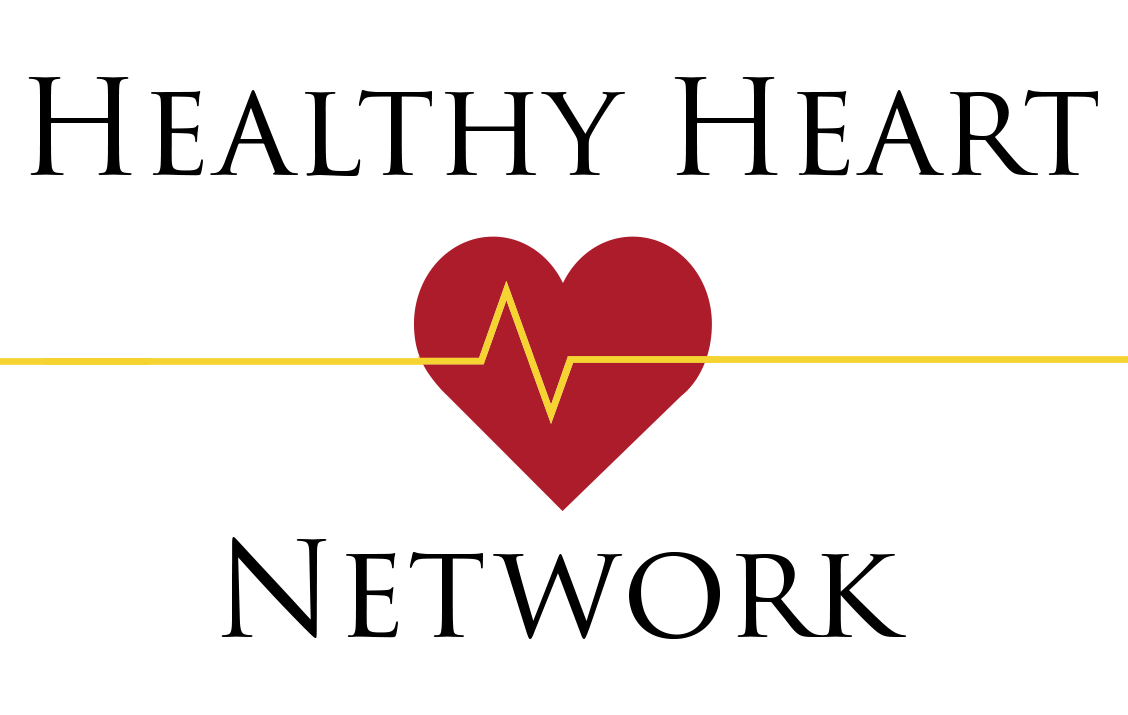A key element to any new approach to primary prevention and risk assessment is the availability of, and accessibility to, imaging the coronary arteries using CT scanning.
This is a non-invasive, safe way to evaluate the build-up of cholesterol, or atheroma, to give an indication of the health of the coronary arteries in an asymptomatic person. Central to this, we must understand that a build-up of cholesterol within the arteries generally leads to associated deposits of calcium in the artery, so that calcium
can be used as an indicator of plaque build-up.
For more than 80 years, observations have been made, primarily by radiologists in the earlier years, that calcium could build up in the arteries, although there were differing opinions about its significance.
As far back as 1930 observations were made by German physician R. Lenk1 in an article, “Rontgendiagnose der koronarsklerose in vivo”, that calcium could be detected in the coronary arteries of “living subjects”. This was reported again in 1959 in the United States by D. H. Blankenhorn and D. Stearne2 who, using x-rays on cadavers, demonstrated the presence of calcification within the coronary arteries. About the same time, in the United Kingdom, M. F. Oliver and his colleagues3 used fluoroscopy (or rapid acquisition x-ray to allow assessment during movement) to assess coronary artery disease using calcium as an indicator of potential problems in living subjects.
A study by McGuire in 19684 looked at calcification within the coronary arteries in patients who had had symptoms of angina or who had had a heart attack compared with a control group who had had no known problems. This simple study, which evaluated several hundred people, suggested that the development of calcification within the coronary arteries may be a useful guide or indicator of risk in an individual. The summary from that study is:
Five hundred and forty-four unselected patients were examined by a radiologist to determine the presence or absence of coronary artery calcification. The overall incidence of coronary calcification was 20 percent and there was a definite increase in the frequency of the finding with increasing age. A comparison of 94 patients with coronary calcification with a matched control group, without calcification, indicated that the prevalence of symptomatic ischaemic heart disease in the group with calcification was approximately twice that of the control group. The correlation was even more significant when the degree of calcification was moderate or severe. (Ischaemic heart disease is reduced blood supply to the heart.)
Although this observational study was undertaken almost 50 years ago, it is engaging in terms of suggesting the possibility that imaging of the coronary arteries could be a valuable indicator of the risk an individual patient carries. Although this early work was interesting and potentially tantalising in the opportunities it offered, it was not really picked up. This is probably because the process used high amounts of x-ray radiation, was limited by the availability of fluoroscopy and offered limited quantification of the findings, which were described as “not present”, “mild”, “moderate” or “severe”.
It was not until the 1980s when a technology called electron beam computed tomography (EBCT) became available that interest was again ignited in trying to evaluate the health of an individual’s coronary arteries. EBCT simply means that, using enormous magnets, x-rays are deflected at very high speed to acquire images which are then reconstructed, giving rise to the term computed tomography (CT).








